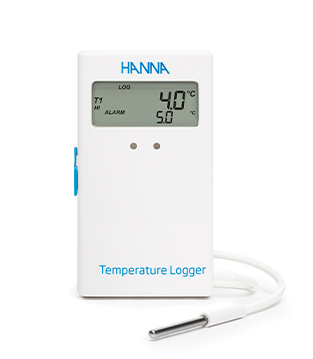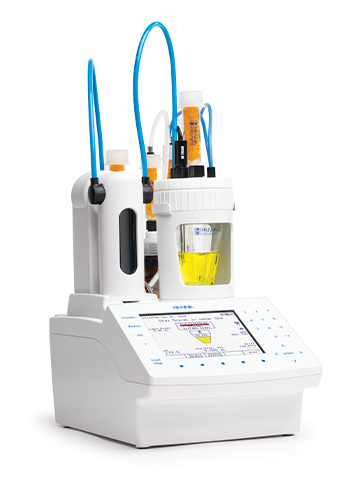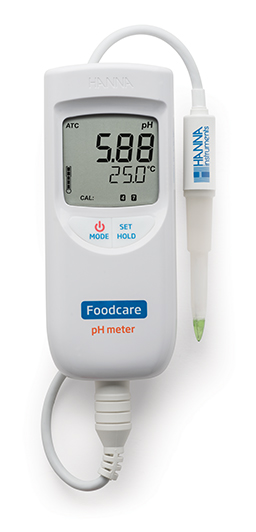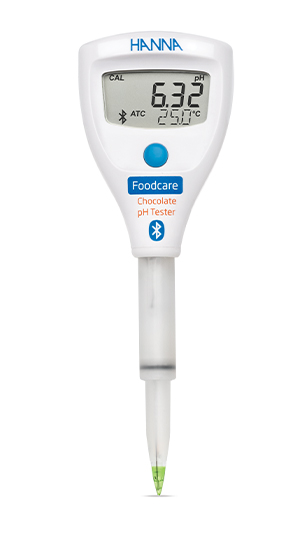45-52°C). Fermentation also produces acetic acid, which is crucial for the destruction and inactivation of sprout in cocoa beans.
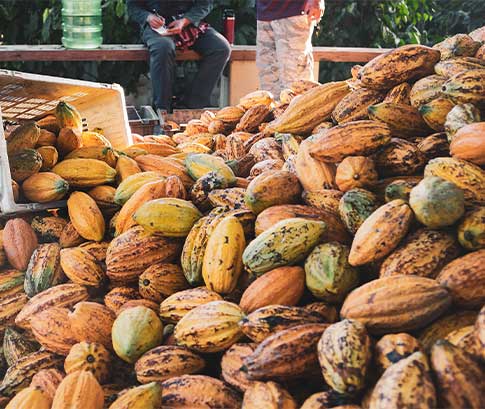
HI148
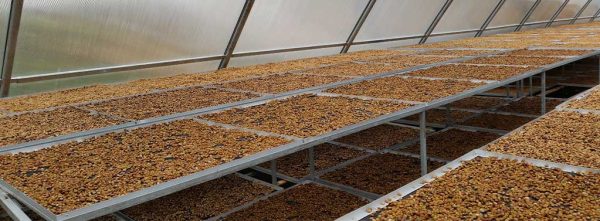
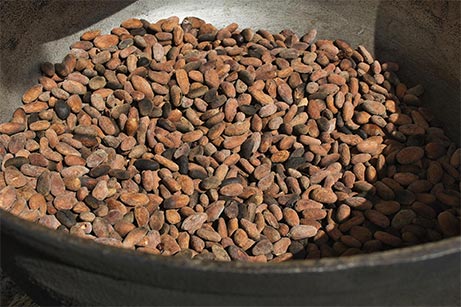
HI933
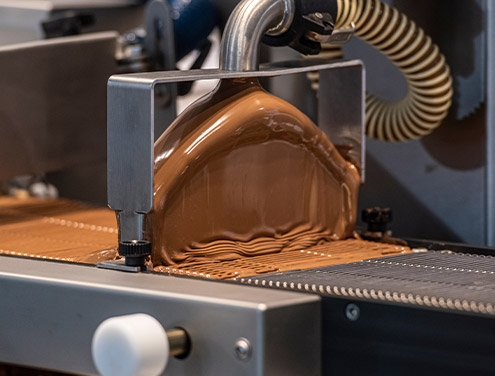
The tempering process involves heating the mass to 50 °C, then cooling to 29 °C and reheating to 32 °C. The last significant process in chocolate production is cooling in molds where solidification into a constant form occurs.
you can measure it with:
HI93501
Thermistor Thermometer
HI96801
Dark chocolate’s pH is between 5.5 and 5.8.
6.0 – 7.0, depending on the origin of alkalization by treatment with potassium carbonate or dicalcium phosphate. It has a higher milk-to-cacao ratio than dark chocolate, increasing the pH.
6.2 – 7.0 depending on the origin of alkalization by treatment with potassium carbonate or dicalcium phosphate. This chocolate has a much lower cacao content than dark and light chocolates.
7.0 – 8.0, depending on the origin of alkalization by treatment with potassium carbonate or dicalcium phosphate. It has a much lower cacao content than dark and light chocolates.
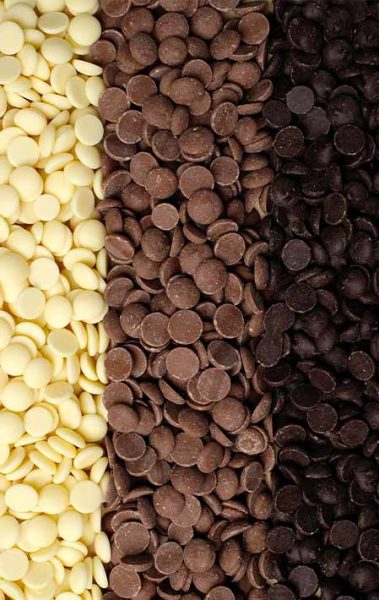
Hanna Instruments have several simple solutions.
HI99161
and Dairy pH Meter
- ±0.02 pH accuracy
- Comes with all the necessary solutions and batteries- everything you need to get started measuring right away.
- Great for use in small food and dairy operations as well as for hobbyists.
HI9810392
- Open-source Bluetooth allows easy integration into current data logging systems
- IP65 water resistant protection
- Specialized electrode for spot checking
- Equipped with everything you need for successful testing right out of the box
Unique Open Junction with Removable Sleeve
When the readings become slow, simple remove the sleeve for quick cleaning and new electrolyte. Having a clean probe with a fresh reference electrolyte will improve performance and extend the life of the tester.
Conical Glass Tip
The conical-shaped tip design allows for direct penetration into chocolate and sauce products.
PVDF Body
Polyvinylidene fluoride (PVDF) is a durable plastic that is resistant to most chemicals and solvents used for disinfection in the food sector, including chlorine (bleach).
Tajana Mokrović
mag.nutr.
Service
Training
Rapair
Maintenance


